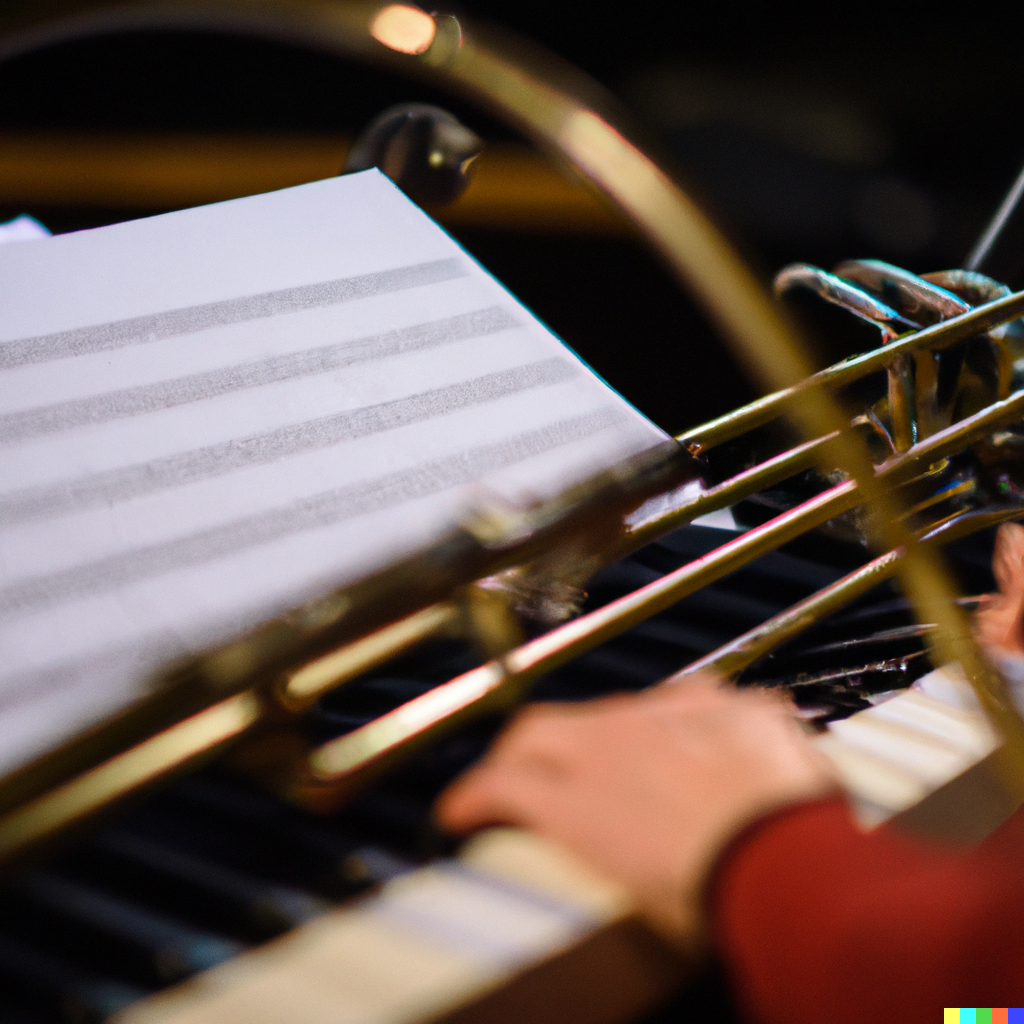
Techniques for Recording Classical Music
Recording classical music is a complex process that requires a deep understanding of the nuances of the music and the technical aspects of recording. Classical music encompasses a wide range of instruments and ensembles, from solo piano to full symphony orchestras, which require different techniques for capturing the best possible sound. In this article, we will discuss the key techniques and considerations for recording classical music.
- Choose the Right Microphones Choosing the right microphones is critical to capturing the sound of classical instruments accurately. Condenser microphones are the most commonly used microphones for recording classical music, as they are sensitive and can capture the nuances of the sound. It is important to choose the right type of microphone for the instrument or ensemble being recorded, such as a large diaphragm microphone for recording a soloist or a stereo pair of small diaphragm microphones for recording an ensemble.
- Consider the Acoustics of the Recording Space The acoustics of the recording space are critical to the quality of the recording. A good recording space should have a neutral acoustic environment with a low level of ambient noise and reflections. A good starting point is a large room with high ceilings, such as a concert hall or church, as these spaces typically have good acoustics. However, it is important to consider the size of the space and the instrumentation being recorded, as larger spaces can lead to excessive reverb.
- Positioning of Microphones The positioning of microphones is critical to achieving a balanced and natural sound. For a soloist, a close-mic technique is typically used, with the microphone placed between 1-2 feet away from the instrument. For ensembles, a spaced-pair or coincident-pair technique is typically used, with microphones placed at a distance from the ensemble to capture the full sound. The specific positioning of microphones will depend on the instrument or ensemble being recorded and the acoustics of the recording space.
- Consider the Use of Spot Microphones Spot microphones can be used to capture specific instruments within an ensemble, such as a solo instrument or a section of the ensemble. The use of spot microphones can help to balance the overall sound of the recording and highlight specific instruments or sections.
- Monitor the Recording Monitoring the recording is critical to ensuring the quality of the final product. It is important to monitor the levels and ensure that there is no distortion or clipping. It is also important to listen to the recording through high-quality headphones or speakers to ensure that the sound is balanced and natural.
- Editing and Mixing Editing and mixing are critical to the final sound of the recording. It is important to listen to the recording and make any necessary adjustments to the levels, EQ, and panning. It is also important to consider the dynamic range of the recording and use compression and limiting as necessary to ensure that the final product is consistent in volume.
In conclusion, recording classical music requires a deep understanding of the nuances of the music and the technical aspects of recording. By choosing the right microphones, considering the acoustics of the recording space, positioning microphones correctly, monitoring the recording, and applying appropriate editing and mixing techniques, it is possible to capture a high-quality recording of classical music that accurately represents the beauty and complexity of the music.
Leave a Reply